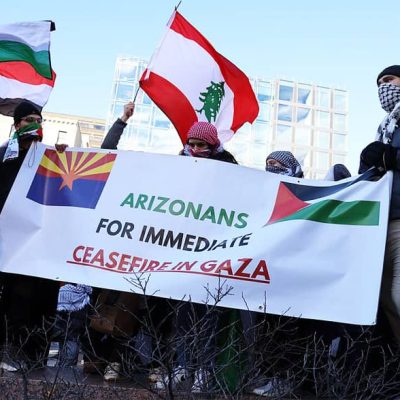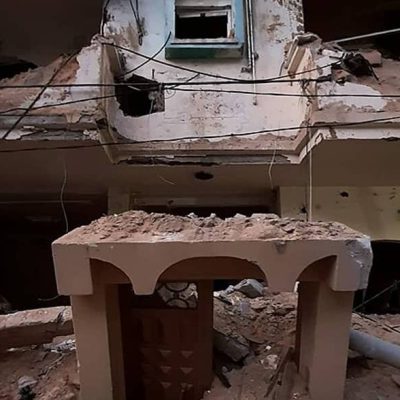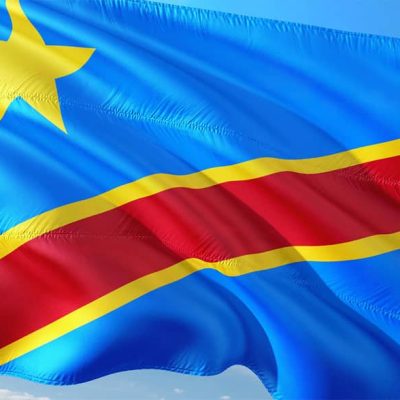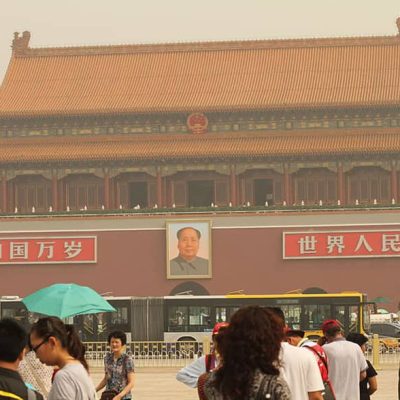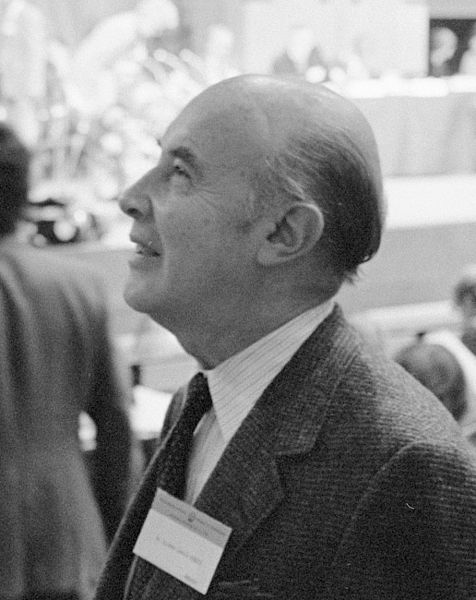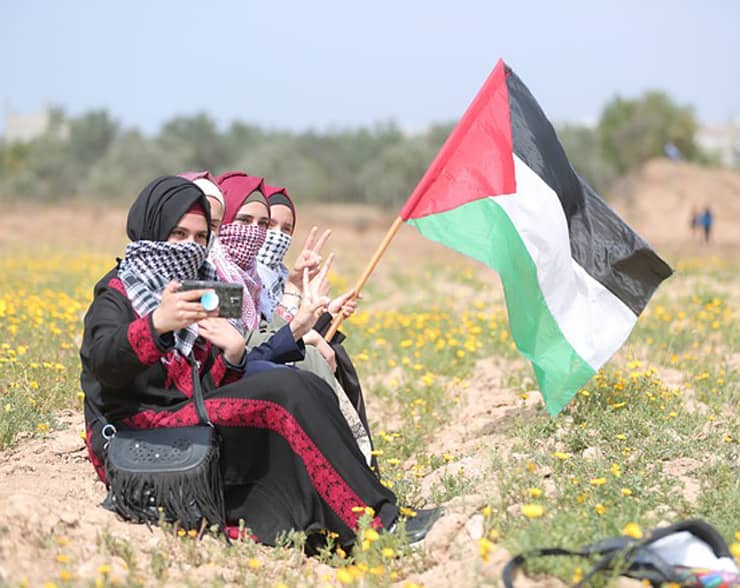 Appeals
Appeals
Syria: The Start of a Long Night of Sorrow.
Featured Image: Photo by Ahmed akacha: https://www.pexels.com/es-es/foto/gente-demostracion-rally-protesta-7183546/
By Rene Wadlow.
On 13 March 2011 in Derra, in the south of Syria, 15 teenage boys were arrested by Syrian security police for having written hostile graffiti against President Bashar Al-Assad on a school wall. The arrests led to non-violent protests in Derra and by 15 March the protests had spread to other Syrian cities.

Picture of Syrian president Bashar al-Assad with the Syrian flag next to him. By Kremlin.ru, CC BY 4.0 <https://creativecommons.org/licenses/by/4.0>, via Wikimedia Commons.
Arab Spring.
There were social, economic and ecological conditions in the country which set the stage for such protests. Corruption, unemployment, high population growth, limited resources and a hugh budget for oversized security and military forces; were main obstacles for economic reforms. There was also the spirit of the “Arab Spring”; which had started earlier with the January 2011 end of the government of Ben Ali in Tunisia.
Unlike earlier protest movements in Syria; which were based on religious or ethnic; especially Kurdish identity, the early 2011 movement stressed the unity of all the people and their demand to have recognized their dignity. Women participated actively. Social media via the INTERNET was widely used.

Zine El Abidine Ben Ali, President of Tunisia. By Presidencia de la Nación Argentina, CC BY 2.0 <https://creativecommons.org/licenses/by/2.0>, via Wikimedia Commons.
Police and Military Violence.
Fairly quickly the protesters stated to structure themselves in cities and larger towns. Protesters started to form local councils and to take up local administrative tasks. In 2011; Syria was a police state but under administrated concerning services of education, health and other public services. Rural areas were even less administrated. There was a strong rural to urban migration, especially to larger towns. Social service needs were not met.
The government responded to these demonstrations with police and military violence. By mid-April; a peaceful demonstration in Homs was repressed with a good number of demonstrators killed or wounded. Arrests, often followed by torture, became widespread.
Silence Any Opposition.
There were 12 different branches of the security forces and prisons were overcrowded. While there were local leaders of protests, there were no nation-wide leaders. With no identifiable leaders to arrest, the security forces arrested anyone who looked like a potential troublemaker. Due to the regime’s determination to silence any opposition, Syria’s political culture regressed into fear with an end to independent periodicals and intellectual forums.
By the end of 2011, the government increasingly called upon the regular military to replace the specialized security forces which were too few to deal with the spreading protests. Protesters started to carry weapons. Some of the regular military who were of the same background as the protesters started to desert and to take their weapons with them.
A Non-Violent Civil Protest to a Violent Civil War.
Thus; the Syrian conflict was transformed from a non-violent civil protest to a violent civil war, leading to a large number of persons displaced within the country and a large number of refugees, especially to neighboring countries – Jordan, Turkey, Lebanon but also to Western Europe.
However, as the conflict grew several regional and international actors involved themselves: Russia and the USA, Iran, Turkey, Saudi Arabia, Qatar, Israel, Lebanon with Hezbollah as well as the Jihadist Islamic State in Iraq and al-Sham (ISIS).
However, efforts at mediation have been carried out nearly from the start by the Arab League, U.N.-appointed mediators, and broader U.N.-sponsored meetings in Geneva. While the mediators have made detailed proposals none have been acted upon.
Therefore; there have also been a few non-governmental efforts at mediation or at least efforts to keep avenues of communication open or to widen the persons involved, especially by increasing the role of women. On behalf of the Association of World Citizens, I have been involved in some of these non-governmental efforts but I have seen few advances. The long night of sorrow continues but we must watch closely for a possible dawn.

Euler Diagram for the Arab League, and also any regional organizations with members all belonging the Arab League. By OIC-Diagram.svg:Nuvola_Bahraini_flag.svg: AntigoniNuvola_Iraqi_flag.svg: AntigoniNuvola_Jordan_flag.svg: *Nuvola_Palestinian_flag.svg: User:OrzettoNuvola_Kuwaiti_flag.svg: AntigoniNuvola_Lebanese_flag.svg: OrzettoNuvola_Oman_flag.svg: *Flag_of_Oman.svg: Open Clip Art websiteNuvola_Palestinian_flag.svg: OrzettoNuvola_Qatari_flag.svg: AntigoniNuvola_Saudi_flag.svg: OrzettoNuvola_Sudanese_flag.svg: AntigoniNuvola_Syria_flag.svg: ZarikNuvola_Tunisian_flag.svg: AntigoniNuvola_UAE_flag.svg: AntigoniNuvola_Yemeni_flag.svg: OrzettoNuvola_Algerian_flag.svg: AntigoniNuvola_Djiboutian_flag.svg: AntigoniNuvola_Egyptian_flag.svg: AntigoniNuvola_Libya_flag.svg: OrzettoNuvola_Mauritanian_flag.svg: AntigoniNuvola_Moroccan_flag.svg: AntigoniNuvola_Somalian_flag.svg: Antigoniderivative work: Aris Katsarisderivative work: Aris Katsaris, LGPL <http://www.gnu.org/licenses/lgpl.html>, via Wikimedia Commons.
Rene Wadlow, President, Association of World Citizens.

President, Association of World Citizens (AWC).
Estudied International relations in The University of Chicago.
Estudied Special Program in European Civilization en Princeton University
Here are other publications that may be of interest to you.
Burma’s Crumbling Junta
February first marked the anniversary of the military coup which overthrew the government of Aung San Suu Kyi in 2021. She was in practice the leader of the government but…
Preventing the Expansion of the Gaza Conflict: Are Peace Brigades a Possibility?
Antony Blinken, the U.S. Secretary of State, has been again in the Middle East working to prevent the violence of the Gaza Strip of spreading to much of the area. …
World Citizens Call for an Inmediate End to Hostilities between Israel and Hamas, and for a Genuine Peacebuilding Effort in the Middle East.
Featured image: The impact of the Israeli bombing on a civilian building in Gaza (2021). By Osama Eid, CC BY-SA 3.0 https://creativecommons.org/licenses/by-sa/3.0, via Wikimedia Commons. The AWC, a Nongovernmental Organization…
World Humanitarian Day: A Need for Common Actions.
Featured Image: Photo by Wylly Suhendra on Unsplash. The United Nations General Assembly has designated 19 August as “World Humanitarian Day” to pay tribute to aid workers in humanitarian service…

